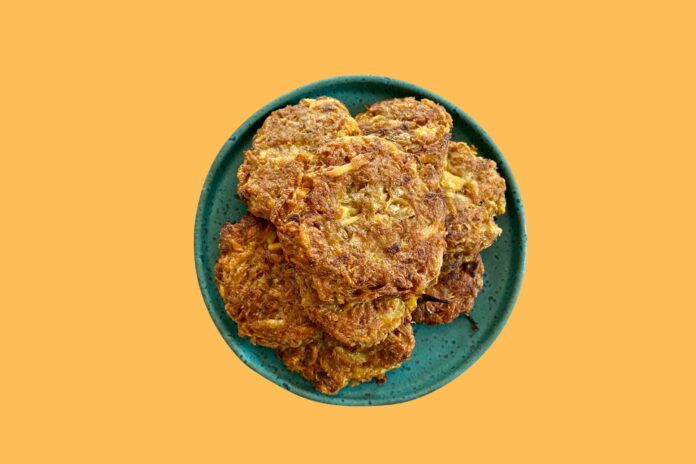It could be argued the county of Somerset is something of a cultural and culinary capital. Famous for being the home of Glastonbury Festival, Monty Python, great cheese and cloudy cider, as well as being the place where Mary Berry learnt to bake, there’s much to love about this South Westerly corner of England.
There must be something in the cider, here. Today (and everyday, quite honestly) we’re here to focus on the food of the region, and more specifically, on the ancient Roman city of Bath, a UNESCO World Heritage Site and just a wonderful place to spend time.
Whilst neighbouring Bristol often gets the attention where culinary accolades are concerned, Bath arguably boasts even more heritage when considering matters of the stomach.
If you’re visiting Bath and looking for some fantastic food to eat, all with a side order of history, then you’ve come to the right place. No, not Bath, silly, but rather, our guide on 5 must try dishes in the city.
Bath Chaps
Nope, a Bath Chap is not a bloke who hails from this fine city. Rather, it’s a moist and meaty cured pig’s cheek (the lower half if you’re wondering). It has long been considered a delicacy in the west country, gracing British banquet tables – and now trendy restaurants – for over three hundred years.
The process of preparing them takes nearly as long. The lower portion of the pig’s cheek is pickled in brine for two to three weeks. Then, it is soaked in fresh water for 24 hours to remove the salty flavour before being for 3 to 4 hours. Cooled, skinned and now commonly rolled in breadcrumbs and deep fried, this is one dish in Bath you can’t miss.
The etymology comes from the word ‘chop’ which in the sixteenth century meant the jaws & cheeks of an animal. This is a dish where fat means flavour (the cheeks are gloriously fatty) and if you have a penchant for pork, then it’s a must try dish.
This regional speciality has been enjoying somewhat of a revival in the restaurants and pubs of Bath in recent years, including a fine version at The Garrick’s Head, an attractive city centre pub.
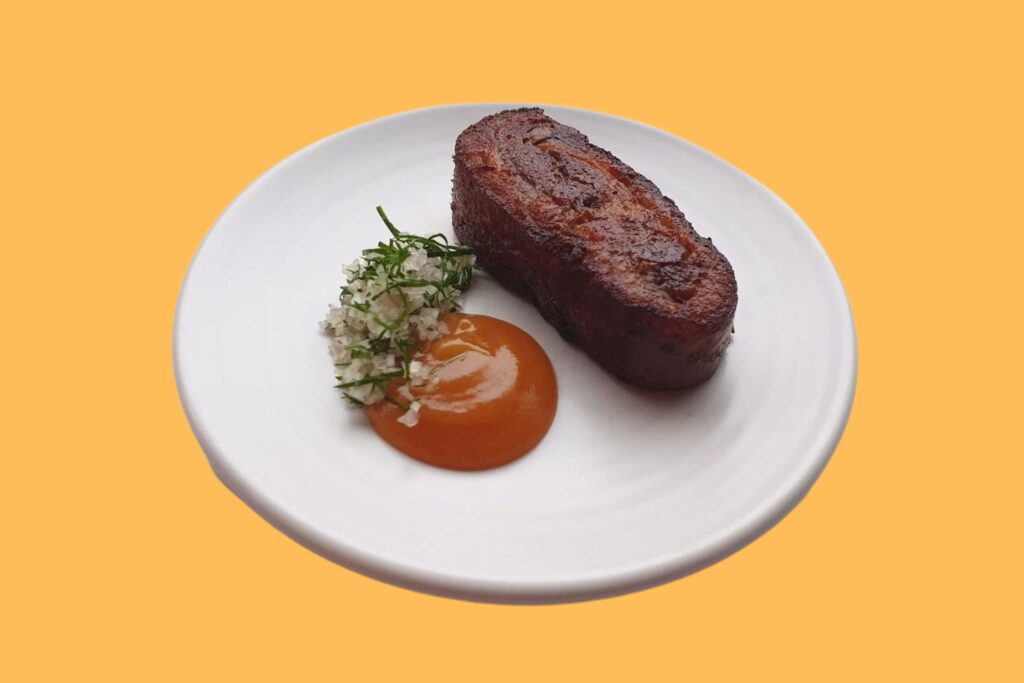
We’ve also enjoyed Bath Chaps in croquette form at The Beckford Bottle Shop, served with a dollop of bramley apple sauce and on another visit, fried and served with an apricot sauce. A crispy version appears at the game-focused restaurant The Elder, accompanied by sauce gribiche and burnt apple. Yep, this chap certainly gets about town.
If you’re keen to buy a more traditional version to take home and grace a charcuterie board, then The Guildhall Deli is one of the few places where you can still buy Bath Chaps. They also sell haslet, brawn and chitterlings should you want a piggy feast. Oink!
Read: The best restaurants in Bath
Bath Bun
The fine folk of Georgian Bath seem to have been baking for as long as they have been bathing, and Bath is synonymous with two types of bun, the Bath Bun and the Sally Lunn Bunn (more on that later).
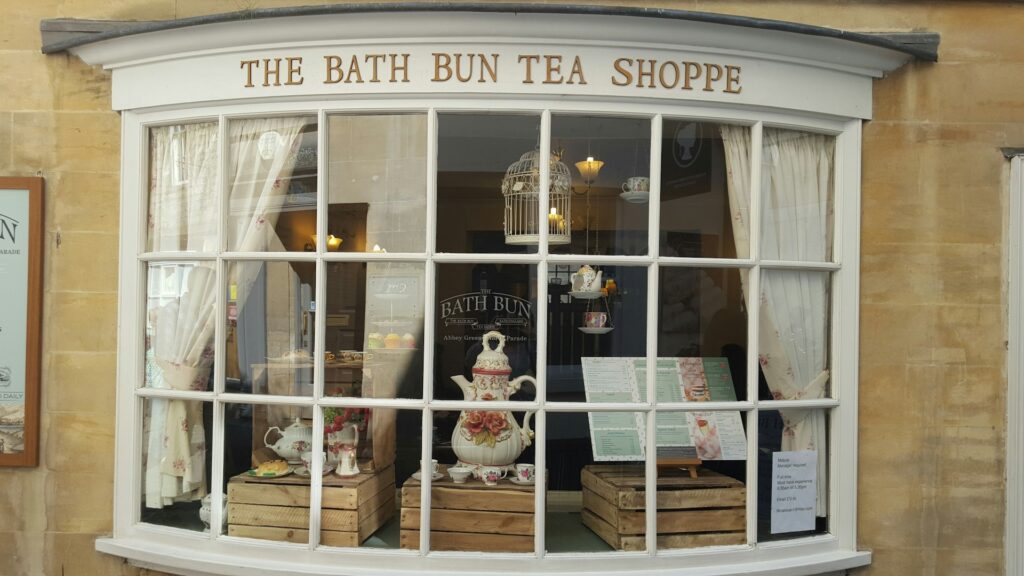
The Bath Bun is a sweet enriched yeast dough bun, highly glazed and lightly spiced with nibs of sugar and currants on top, and a little surprise in the middle; a lurking lump of sugar.
Even Jane Austen was a fan, and found it necessary to sneak them surreptitiously into her room to augment the rather meagre meals given by her well-meaning but rather stingy Aunt Leigh Perrot, according to the Jane Austen Centre.
The best way to eat a Bath Bun is to break it apart, revealing the traditional sugar cube in the centre – it’s not a Bath Bun without one, we’re told. With a recipe dating back to 1679, this one is still available today at The Bath Bun Tea Shoppe. A visit here is like stepping back in time, with staff dressing in period costume and a high-falutin air to proceedings. What fun!
Alternatively, The Georgian Pump Room, the social heart of Bath for more than two centuries, also serves them up. Or, if you just want to get one to grab and go, then pop into the Guildhall Market and head to the delicatessen.
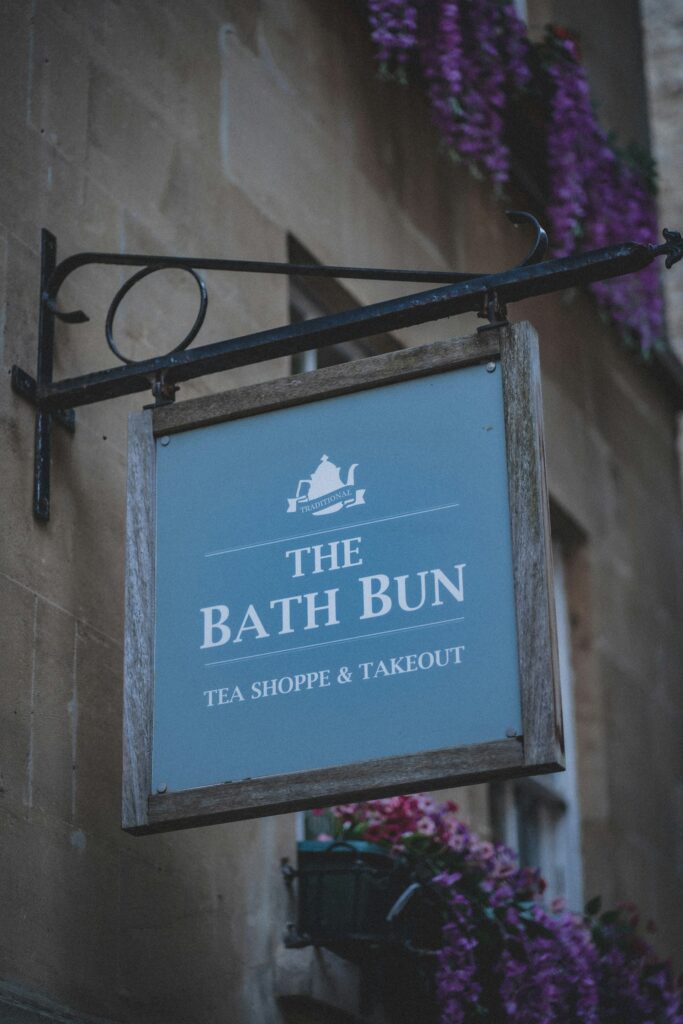
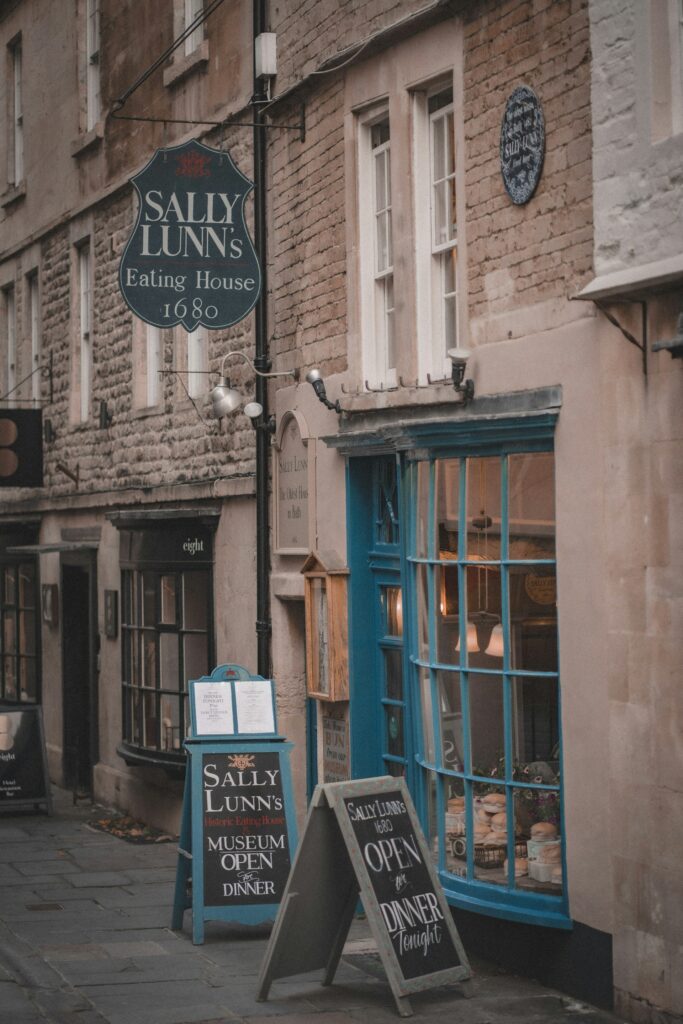
The Sally Lunn Bun
Not to be confused with the Bath Bun, these two are as different as two buns can be.
Actually, the word ‘bun’ isn’t exactly helpful when trying to imagine what the Sally Lunn Bun is like; it’s part bun, part bread and part cake. Indeed, it masquerades as all three. Like a brioche, which similarly could pass as a bun or as bread, it is made from an incredibly rich dough, yet remains surprisingly light, with a rich, buttery taste. It’s also twice the size of the Bath Bun – though it remains impossibly hard not to polish it off in one sitting.

The only place to try it is, of course, Sally Lunn’s, where it comes in a manner of ways. Have it toasted or plain, with savoury toppings or sweet; loaded or neat, it’s hard to beat.
When it comes to the savoury side of things, we recommend the salt beef, which is made to the eating house’s own traditional recipe. If you come for dinner, order the ‘Trencher’, which historically saw stale bread act as a plate (which were invented later, around 1500), but now see a slice of Sally Lunn Bun acting as the vehicle for some truly tremendous slow cooked pork or Hunter chicken, in the Trencher tradition. Oh, and if you come for breakfast you can get half a bun topped with a full English brekkie.
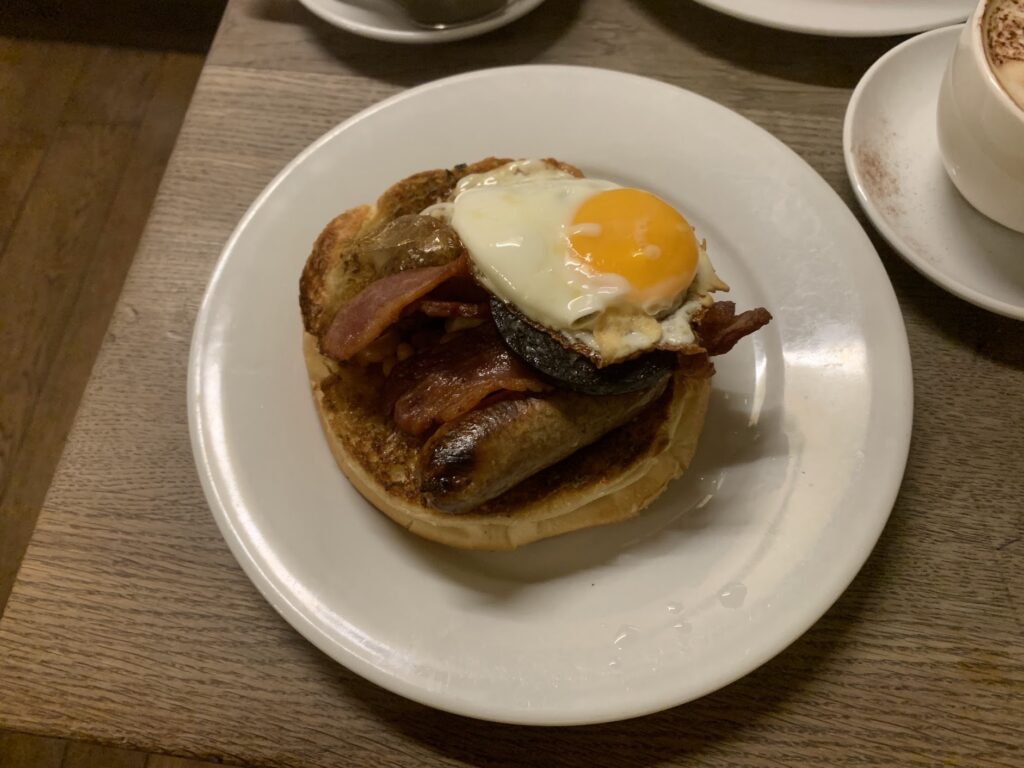
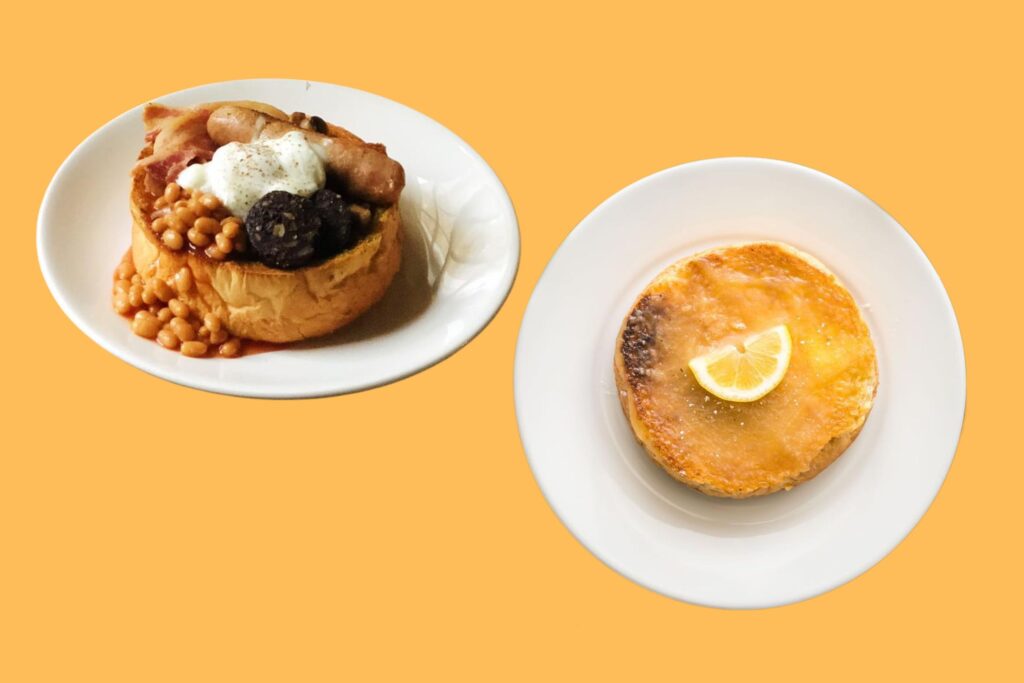
If you’ve come with a sweet tooth to be satisfied, the creamy, intense addition of lemon curd to one of these famous buns will brighten up your day, whilst the Sally Lunn’s Bread Pudding is a stodgy delight.
All that said, and call us boring all you like, but the best way to enjoy a Sally Lunn Bun is to have it as simply as possible, with the restaurant’s signature homemade cinnamon butter, all washed down with a cup of tea.
Be warned; the queues to Sally Lunn’s can get long. If you want to avoid them, our pals at In & Beyond Bath, who offer custom, private tours of the city, tell us that autumn is the best time to come as “the weather is still generally great but fewer crowds and more reasonable accommodation prices make this our top choice”.
Read: 5 IDEAL places to holiday in South West England
Bath Soft Cheese
Made at Park Farm in Kelston, around 3 miles outside of Bath, the Bath Soft Cheese Company’s flagship cheese is described by the makers as a “square cheese which is soft and yielding with a white bloomy rind. Once cut you can appreciate its ivory coloured interior which has a creamy texture with hints of mushrooms and lemons.’’
It’s an apt description, indeed, but one that perhaps doesn’t do this incredible cheese justice. And the company aren’t only skilled at the soft stuff; they also make Bath Blue Cheese and Wyfe of Bath Cheese, the latter a nutty, creamy semi-hard cheese that takes its name from Chaucer’s Canterbury tales of all places.
You can get Bath Soft Cheese from Bath’s oldest cheesemongers, Nibbles Cheese in the Guildhall Market, as well as at Paxton & Whitfield’s Cheese Shop on John Street. Alternatively, make the trip to Kelston where you can try the cheese in a gloriously rich and oozy cheese toastie in their onsite cafe.
Bath Olivers
Conceived by the same fella who invented the Bath Bun, Bath Oliver is essentially a type of cracker, and was designed to aid the digestion of wealthy visitors of Bath and act as a slimming aid for gout-suffering patients. While its origins don’t sound all that appetising, the biscuit has picked up some loyal devotees along the way.
These biscuits were most recently in the limelight because of COVID, when a pause in production was greatly exaggerated by newspapers, leading to furore. Food writer Felicity Cloake despaired at the news, while the folk at the Telegraph called the news ‘’a national tragedy’’, writing that this venerable biscuit was more than just something to eat with cheese, but rather “a symbol of decency and old-fashioned values”.

After fans set up The Bath Oliver Preservation Society and Jacob Rees-Mogg weighed in, it was announced that the Oliver would return to the shelves of the city.
Personally, we think the biscuit is now rather tainted owing to its connection with Rees-Mogg, but here’s a bit of history for you; The Crown Jewels spent the war in a Bath Oliver tin under Windsor Castle in case of Nazi invasion. Wow!
The Healing Water Of The Roman Baths
If you do stop by to check out the world famous Roman baths, you’ll find an interesting surprise waiting for you at the end of your visit; you can actually sample the spa water from a specially designed drinking fountain!
Boasting a whole host of different minerals and thought to have healing properties, Bath and North East Somerset Council installed the fountain in 2012, and thirsty visitors have been happily glugging ever since. Whether or not they got healed afterwards has never been confirmed…




